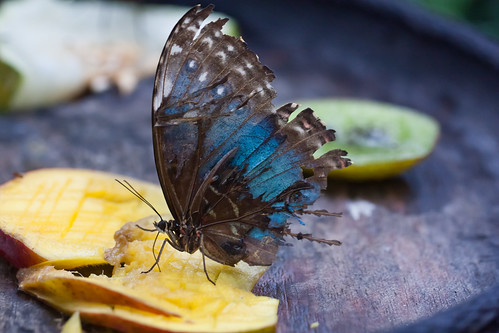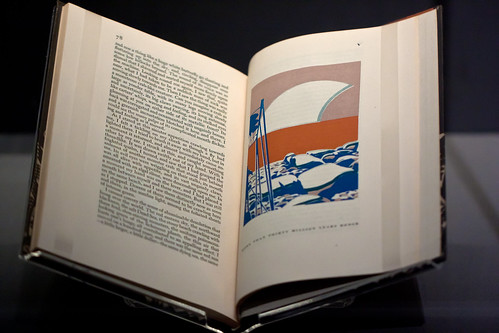Still fighting
I am a bit behind on my reading (and indeed everything else) thanks to a nasty bout of food poisoning this week. I’m recovering now but still feeling a tad fragile, like this butterfly.
I’m in Devon for some recuperating with a good friend and the sea air and a giant stack of books. Hopefully I’ll return feeling healthier.




